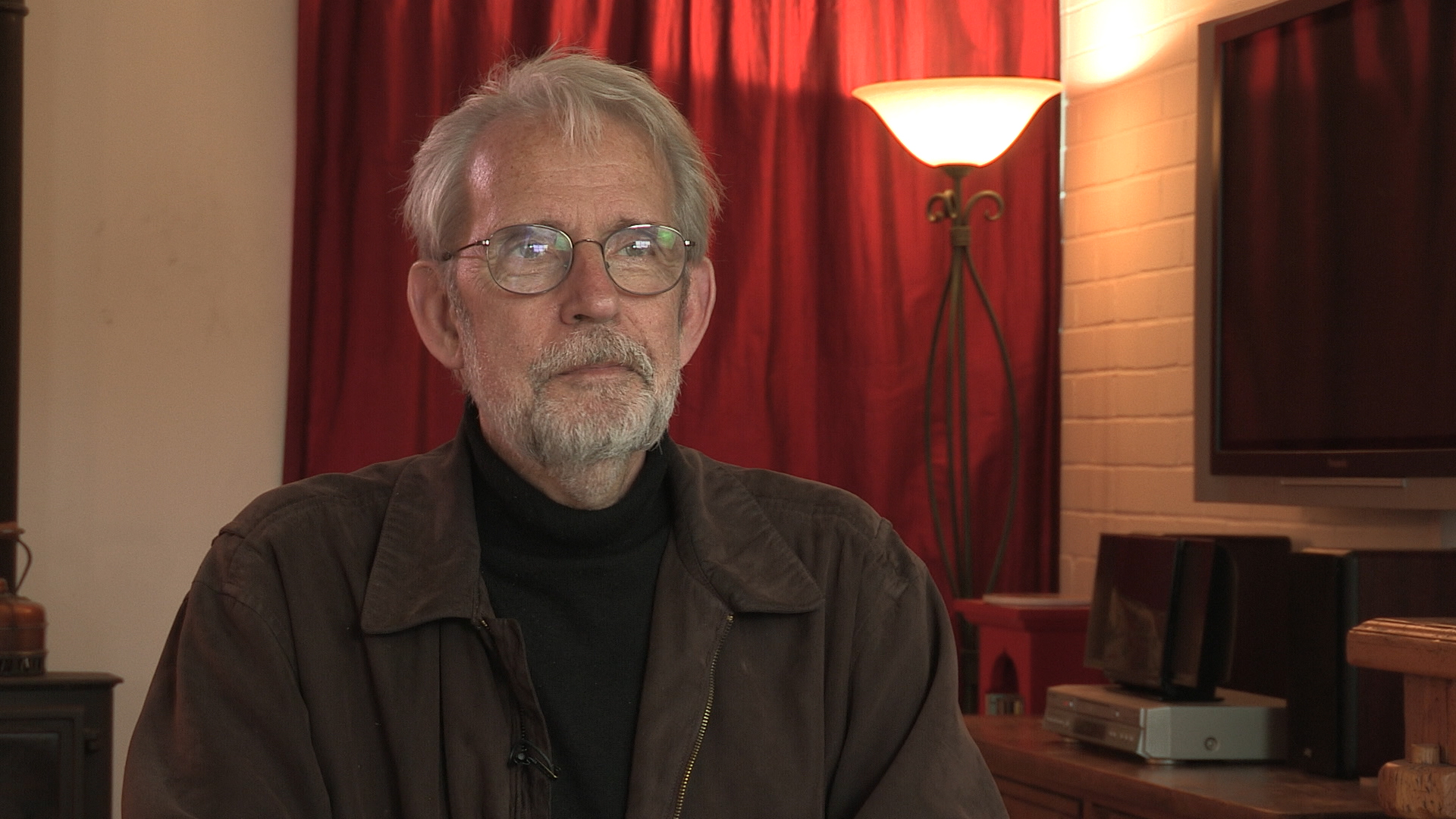NEXT STORY

'Worldizing' the film sound
RELATED STORIES

NEXT STORY

'Worldizing' the film sound
RELATED STORIES


|
Views | Duration | |
|---|---|---|---|
| 41. Could we go back to early technology? | 1 | 107 | 00:51 |
| 42. The Godfather – our life raft | 1 | 106 | 03:47 |
| 43. 'Make sure you have something in your hands' | 1 | 96 | 02:35 |
| 44. Securing a decade of Paul Haggar's good will | 1 | 82 | 05:05 |
| 45. Crisis with music to The Godfather | 1 | 97 | 05:23 |
| 46. The score for the horse's head scene | 1 | 97 | 03:40 |
| 47. 'This is one of those moments': Bob Evans approves our work | 1 | 90 | 03:12 |
| 48. The right kind of directorial intervention | 1 | 95 | 05:06 |
| 49. Francis Ford Coppola's style of shooting | 1 | 140 | 01:51 |
| 50. 'Worldizing' the film sound | 1 | 107 | 04:34 |


The shooting of the wedding in The Godfather participated in an approach that Francis took both in The Godfather and in [The] Conversation, and in Apocalypse Now. Which is: when confronted with a large event like the wedding, or like the recording of the conversation in that film, or the Valkyrie's battle, what Francis would do would be to stage the event as something completely independent of it being filmed. So we're just going to have a wedding, and everyone has a role to play in the wedding, everyone has their identity, and here we go. And music is played, and food is eaten, and things happen, and people come and go. And it is captured on multiple cameras as if it's a documentary. So all of those scenes were shot as if they were documentary. At the end of one take, the cameras are moved to a slightly different position, and then another scene is done, another version of the wedding has happened. The result is, of course, you generate a lot of film, but the advantage is that it seems like something that is really happening, rather than something that is being staged for the purposes of the camera. Inevitably, once the main shooting is over, then a few extra shots are done that make specific points, and those are inserted at the appropriate place in the scene. But it has a reality to it that is, well, you can see how effective it is from looking at those scenes in the films.
Born in 1943 in New York City, Murch graduated from the University of Southern California's School of Cinema-Television. His career stretches back to 1969 and includes work on Apocalypse Now, The Godfather I, II, and III, American Graffiti, The Conversation, and The English Patient. He has been referred to as 'the most respected film editor and sound designer in modern cinema.' In a career that spans over 40 years, Murch is perhaps best known for his collaborations with Francis Ford Coppola, beginning in 1969 with The Rain People. After working with George Lucas on THX 1138 (1971), which he co-wrote, and American Graffiti (1973), Murch returned to Coppola in 1974 for The Conversation, resulting in his first Academy Award nomination. Murch's pioneering achievements were acknowledged by Coppola in his follow-up film, the 1979 Palme d'Or winner Apocalypse Now, for which Murch was granted, in what is seen as a film-history first, the screen credit 'Sound Designer.' Murch has been nominated for nine Academy Awards and has won three, for best sound on Apocalypse Now (for which he and his collaborators devised the now-standard 5.1 sound format), and achieving an unprecedented double when he won both Best Film Editing and Best Sound for his work on The English Patient. Murch’s contributions to film reconstruction include 2001's Apocalypse Now: Redux and the 1998 re-edit of Orson Welles's Touch of Evil. He is also the director and co-writer of Return to Oz (1985). In 1995, Murch published a book on film editing, In the Blink of an Eye: A Perspective on Film Editing, in which he urges editors to prioritise emotion.
Title: Francis Ford Coppola's style of shooting
Listeners: Christopher Sykes
Christopher Sykes is an independent documentary producer who has made a number of films about science and scientists for BBC TV, Channel Four, and PBS.
Tags: Francis Ford Coppola
Duration: 1 minute, 51 seconds
Date story recorded: April 2016
Date story went live: 01 March 2017